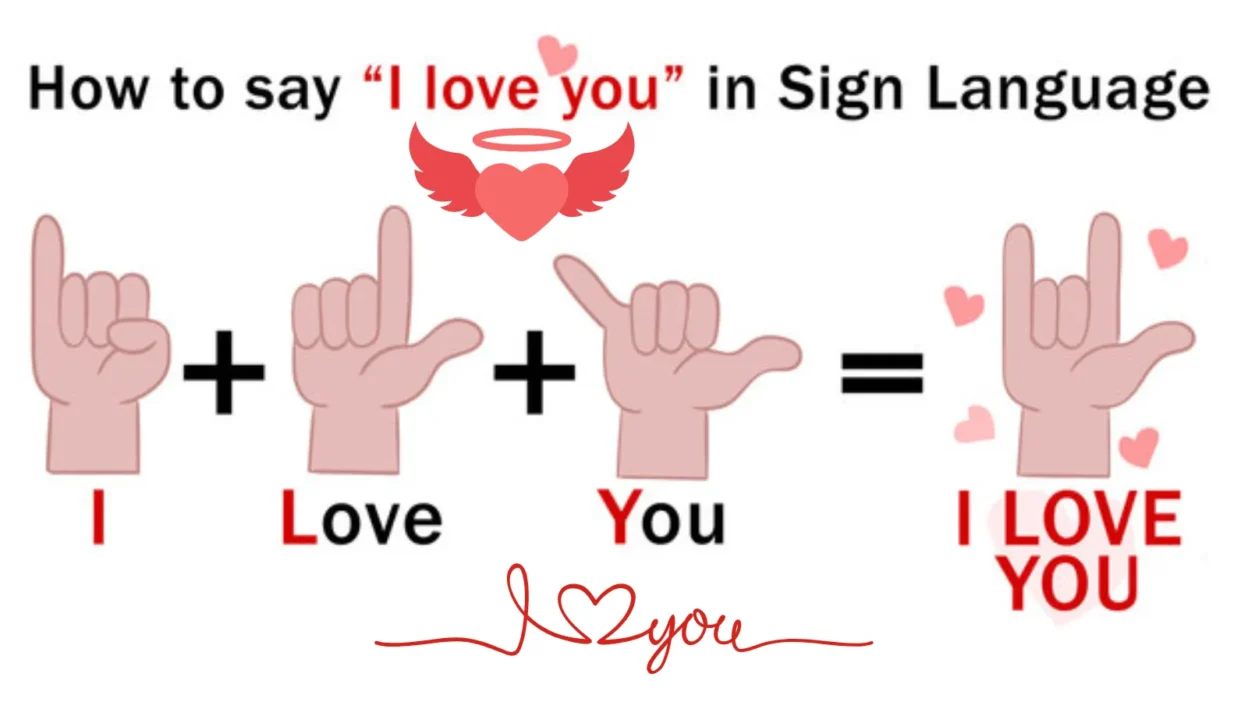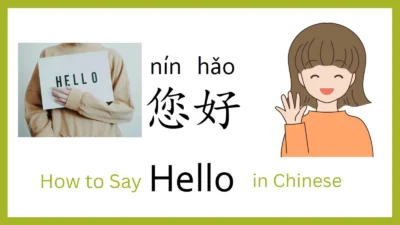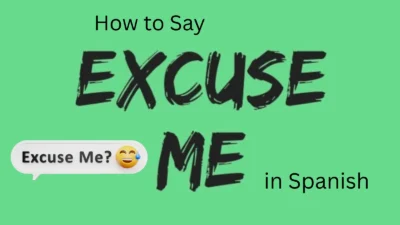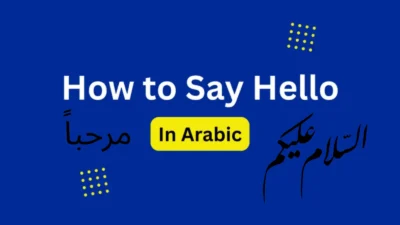Love knows no language barriers—and sign language proves that. Whether you’re speaking to someone who is deaf, hard of hearing, or simply want to express your feelings in a deeper, more visual way, signing I love you can be one of the most powerful gestures you make.
But did you know that there are many different ways to say I love you in sign language, depending on the context, tone, and cultural influence?
I Love you in Sign Language💖
Let’s explore 15 expressive and heartfelt ways to say I love you in sign language, with real-life dialogue examples and fascinating origins from different sign systems around the world.
1. ASL “I Love You” Hand Sign 🤟
Origin:
This iconic gesture combines the American Sign Language (ASL) letters I, L, and Y into one hand shape. It became popular in the Deaf community in the 20th century and is now used worldwide—even in pop culture and emojis.
Example:
👤 User A: (Raises 🤟 hand sign from across the room)
👤 User B: (Smiles and signs it back)
Use: General expression of love or affection—can be used silently and from a distance.
2. Fingerspell “I Love You” in ASL
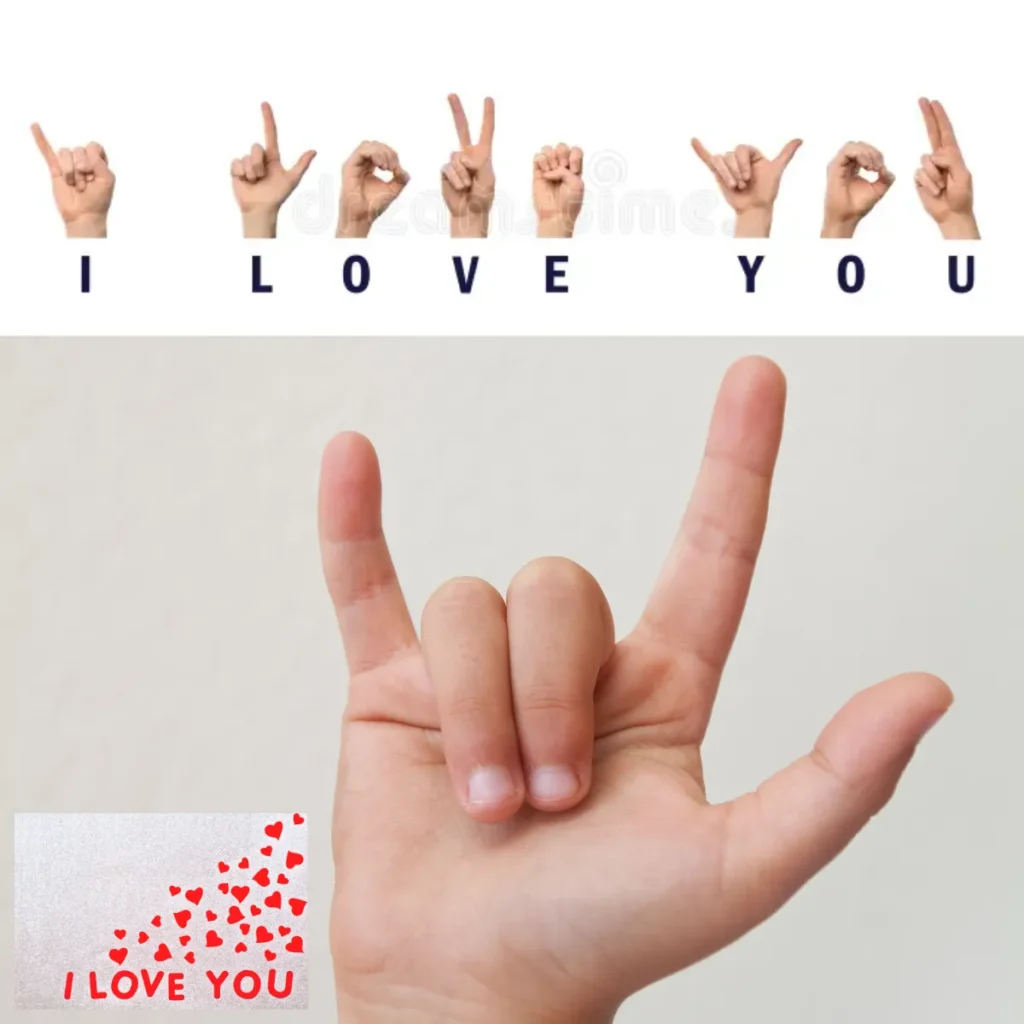
Origin:
Fingerspelling is used to spell out words letter by letter in ASL. It’s often used for clarity or emphasis.
Example:
👤 User A: (Signs I – L – O – V – E – Y – O – U slowly)
👤 User B: (Nods, signs “I love you too”)
Use: Intimate or deliberate moments—good for emphasizing sincerity.
3. ASL Full Phrase (I + LOVE + YOU)
Origin:
Instead of using the shortcut 🤟, you can sign “I,” then “LOVE” (cross arms over chest), then “YOU” (point outward).
Example:
👤 User A: (Signs I → LOVE → YOU)
👤 User B: (Returns same signs with a warm smile)
Use: Clear and formal way to say it—especially in heartfelt moments.
4. British Sign Language (BSL): I Love You
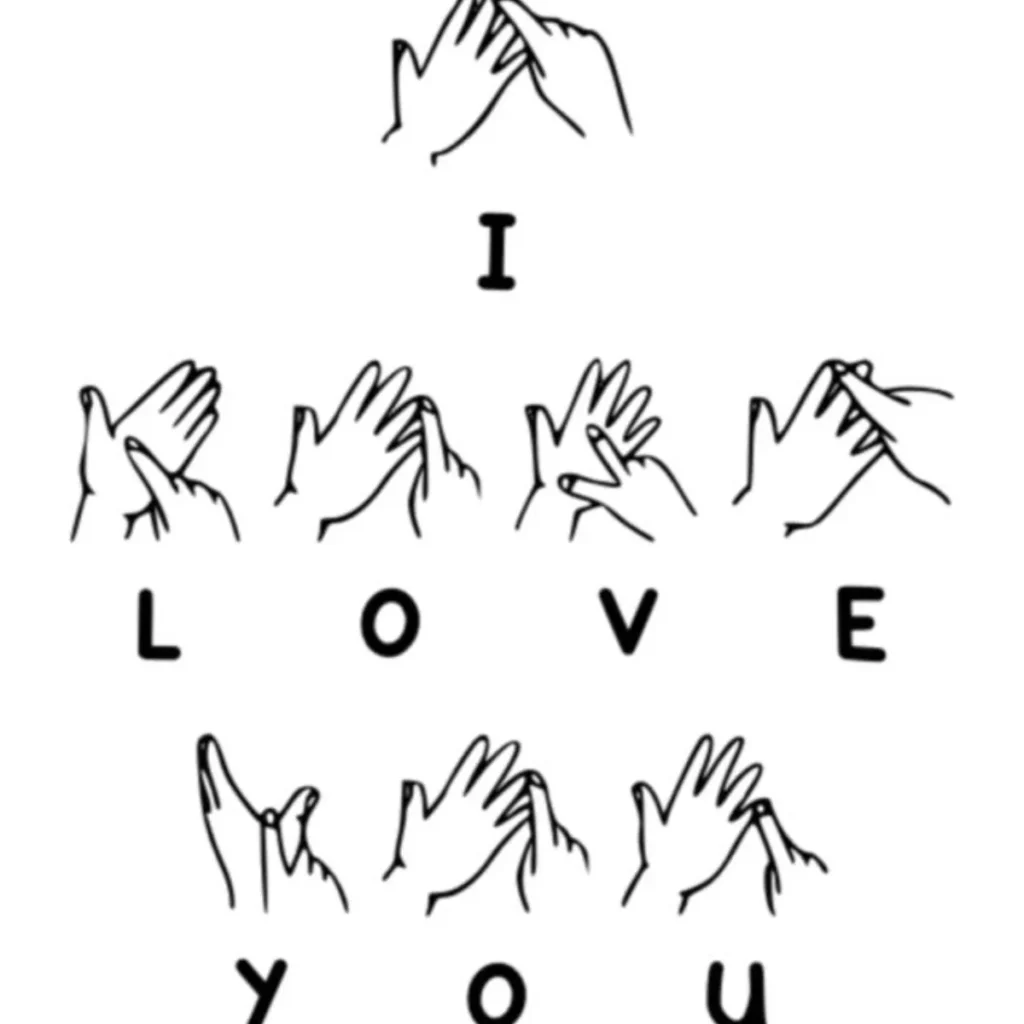
Origin:
In British Sign Language, “I love you” is usually signed as I (point to self), LOVE (hands cross over chest), YOU (point at the other person).
Example:
👤 User A: (Signs I → LOVE → YOU)
👤 User B: (Mouths “I love you too” while signing)
Use: For users in the UK and countries using BSL.
5. Auslan (Australian Sign Language)
Origin:
Auslan, derived from BSL, uses similar signs. “I love you” typically combines gestures for I → LOVE → YOU, just like in BSL.
Example:
👤 User A: (Signs slowly with strong eye contact)
👤 User B: (Nods, signs a kiss gesture)
Use: Australia and nearby regions.
6. Touch over Heart Gesture
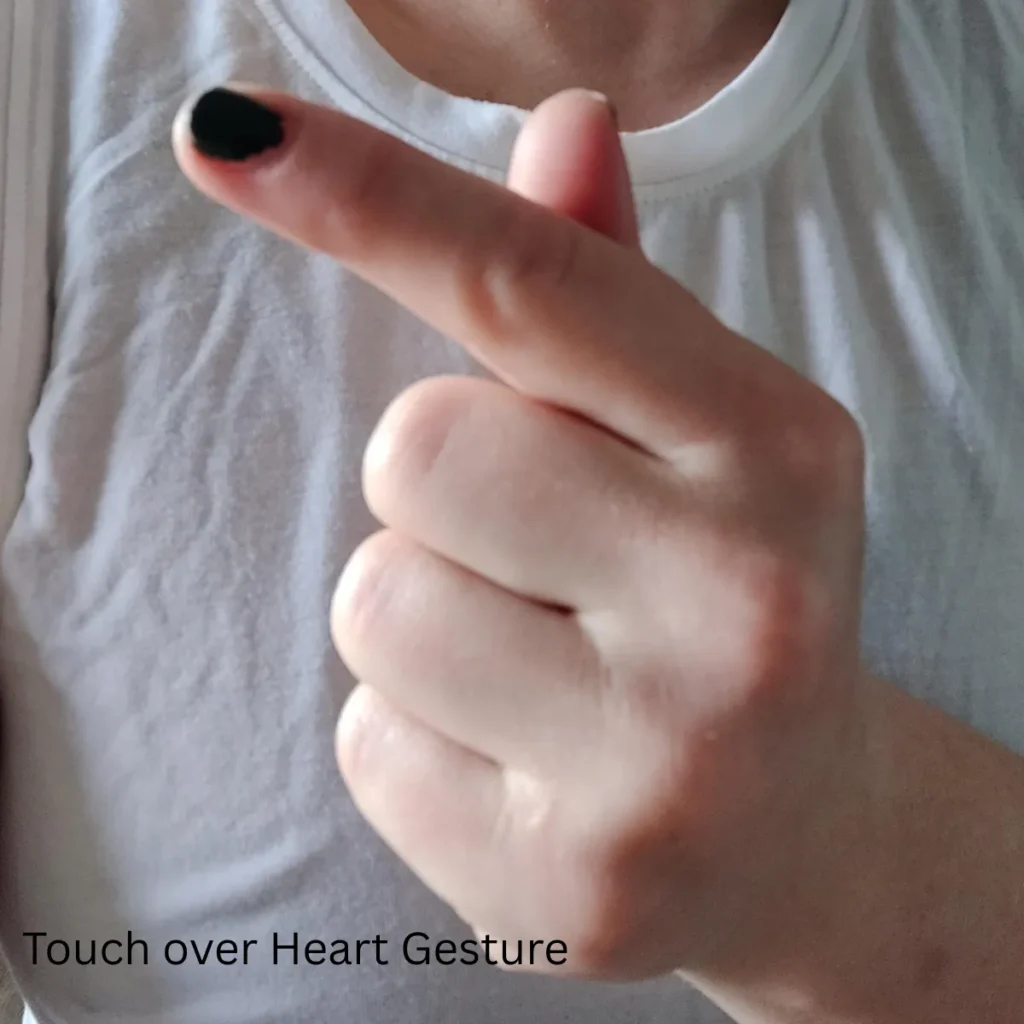
Origin:
A universal gesture—placing a hand over the heart—can mean “I love you” without formal signing.
Example:
👤 User A: (Places hand over heart, then points to User B)
👤 User B: (Touches own heart and smiles)
Use: Non-verbal and cross-cultural.
7. Korean Sign Language (KSL)
Origin:
In KSL, “I love you” is typically signed by pointing to oneself, then signing “love” with a specific heart gesture, then pointing at the person.
Example:
👤 User A: (Does KSL sign sequence)
👤 User B: (Laughs and hugs)
Use: Korea and among Korean Deaf communities.
8. Chinese Sign Language (CSL)
Origin:
CSL uses one-hand motions similar to BSL/ASL, but unique to Chinese culture. Often a heart shape is formed with fingers, then pointed to the recipient.
Example:
👤 User A: (Signs with both hands forming heart shape)
👤 User B: (Returns sign with a bow)
Use: China and Chinese-speaking communities.
9. “ILY” Gesture + Blowing a Kiss
Origin:
Used widely by hearing and Deaf communities alike in affectionate goodbyes.
Example:
👤 User A: (Signs 🤟 and blows a kiss)
👤 User B: (Catches it and signs 🤟 back)
Use: Sweet, playful, and universal.
10. Holding Hands and Signing “Love”
Origin:
Sometimes signing just the word “LOVE” while holding someone’s hand carries deeper meaning.
Example:
👤 User A: (Holds User B’s hand, signs LOVE)
👤 User B: (Tears up, signs “Me too”)
Use: Romantic and powerful in emotional settings.
11. Drawing a Heart in the Air
Origin:
Popular among teens and couples, especially on video chats or social media.
Example:
👤 User A: (Draws heart in air with both hands)
👤 User B: (Mimics and smiles)
Use: Cute and visual for younger audiences.
12. ASL “ILY” with Head Tilt and Smile
Origin:
Adding facial expressions is key in sign language. A head tilt with a warm smile softens the sign.
Example:
👤 User A: (Signs 🤟 with a big smile)
👤 User B: (Blushes and signs back)
Use: Flirty or tender interactions.
13. Sign “I Love You” Behind Someone’s Back
Origin:
Used as a surprise or secret message—especially in movies or at weddings.
Example:
👤 User A: (Stands behind, signs silently to audience)
👤 User B: (Turns, smiles in happy shock)
Use: Romantic, theatrical, or special moments.
14. Tactile Signing for Deafblind Individuals
Origin:
Used when a person is deaf and blind—signs are made on the palm of the hand to express language.
Example:
👤 User A: (Signs I-L-O-V-E-Y-O-U on User B’s hand)
👤 User B: (Squeezes hand in return)
Use: Vital in DeafBlind communication.
15. International Sign (ISL)
Origin:
Used at Deaf international events, this simplified global sign language includes I → LOVE → YOU similar to ASL.
Example:
👤 User A: (At international conference, signs I LOVE YOU)
👤 User B: (Nods with thumbs up)
Use: Global Deaf community interactions.
Conclusion:
Learning how to say I love you in sign language opens the door to heartfelt, inclusive communication that transcends spoken words. Whether you use the universal “I love you” handshape or adapt your signs to cultural nuances, each gesture carries warmth and sincerity. Start practicing today, and let your hands speak the language of love.💖
